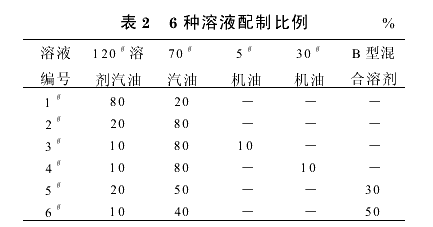A number of tests have found that the vulcanization system of the compound used to make the ink has a great influence on the performance of the ink. If the vulcanization starts quickly, it may cause scorch of the compounding rubber before the solution is dissolved and it is hard to be dissolved; or even if it is not scorched, the homogeneous solution (ink) after the dissolution tends to agglomerate during the parking and overprinting processes. Pulling the filament phenomenon (which is also caused by the increase in the size of the molecule) makes the color of the overprinted logo non-uniform, and it tends to clog the mesh. If the vulcanization rate is too slow, it will cause the label to be sticky due to the lack of sulfur after vulcanization, and it will easily cause product contamination. Therefore, the vulcanization rate should be moderated by adjusting the vulcanization system, etc., and the storage time of the compounded rubber and the prepared ink should not be too long.
In the adjustment process also found that due to the larger amount of pigment in the ink, and a variety of pigments on the vulcanization rate of the impact is not the same, so the curing system of different color rubber compound should be properly adjusted, otherwise it will seriously affect the overprint effect .
2.3 Solvent Selection
Use 120# solvent gasoline, 70# gasoline, 5# engine oil, 30# engine oil, and B-type mixed solvent to form 6 solutions in the ratio shown in Table 2.

Six kinds of solutions shown in Table 2 were used as solvents, respectively, and the corresponding six kinds of inks were prepared by mixing and stirring the solute with a mix rubber and uniformly dissolving them. These 6 kinds of inks were used to overprint the trademarks and the results of the sulfurization were shown in Table 3.

As can be seen from Table 3, 1# and 2# inks tend to clump due to the fast drying speed on the screen, and the effect is not good. Due to the easy diffusion of engine oil, 3# and 4# inks continue to spread to the surrounding area after the ink is printed on the substrate, resulting in the edges being not clear and tidy, and the visual effect is poor. In particular, 30# oil has a certain degree of contamination, so do not use engine oil as a softener when kneading the rubber used to make the ink. 6 # ink drying speed is slightly slower, affecting the production efficiency. The 5# ink has the best comprehensive effect, so the solvent ratio is selected by the solvent ratio used by the 5# ink.
3 Conclusion
(1) An ink prepared using NR as a host material is better at overprinting a mark on an unvulcanized rubber surface.
(2) The vulcanization speed of the mix used to make the ink should be strictly controlled; the pigment should also be adjusted in time when it changes.
(3) Solvents are mainly based on solvents with higher volatilization rate to ensure higher production efficiency; however, solvents with slower volatilization rate are used to prevent agglomeration.
Source: Print Chemicals Network